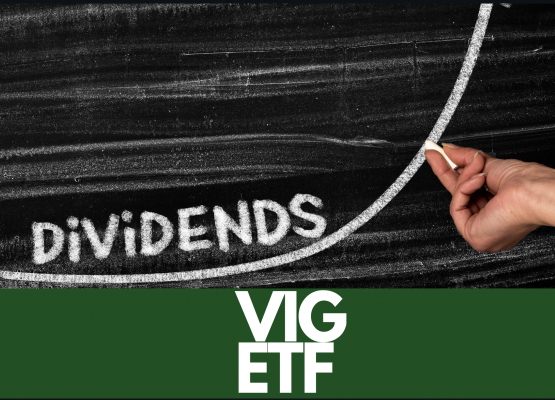Embarking on the journey of 401(k) investing can be a cornerstone for building a robust retirement savings plan. This article will discuss the process, benefits & strategies for optimizing your 401(k) investing, incorporating the latest information for the 2024 contribution limits.
Getting Started with a 401(k)
To partake in 401(k) savings plan, you’ll need to be employed by an organization that provides a 401(k) plan. Once you’re eligible, you can start allocating a portion of each paycheck towards your retirement savings. Many employers enhance this benefit with a 401(k) match program, potentially offering a dollar-for-dollar match up to a specified percentage of your contributions, which can significantly boost your retirement savings.
Understanding the 2024 Contribution Limits
For the 2024 tax year, the contribution limits for 401(k) plans have been adjusted to reflect cost-of-living increases. Individuals under the age of 50 can now contribute up to $23,500, while those aged 50 and older are eligible for an additional catch-up contribution of $7,500, which brings their total possible contribution up to $31,000.
Beyond 401(k) plans, you’re also entitled to contribute to traditional IRA or Roth IRA accounts. In 2024, the contribution limits for these accounts remain at $6,500 for individuals under 50 and $7,500 for those 50 and older, offering another avenue for tax-advantaged retirement savings.
A Real-World Scenario
Consider Joe, a 35-year-old with access to a 401(k) plan featuring a 6% company match. If Joe earns a $75,000 annual salary and opts to contribute 6% of his gross income to his 401(k), his bi-weekly contribution of $173.07 is matched by his employer, doubling his investment to $346.14 per paycheck. Annually, this equates to approximately $9,000 in contributions, before any potential investments in IRAs. Obviously this is a simplified example, but it gives you a general idea of how investing in a 401(k) plan through an employer might work.
Maximizing Your Contributions
Although the optimal scenario would probably involve maximizing both your 401(k) and IRA contributions, it’s understandable to recognize the high cost of living, and to begin making strategies to enhance your contribution capabilities. This could include budget optimization, debt reduction, & establishing an emergency fund. For instance, reallocating a typical mortgage payment towards your retirement can significantly grow your savings over time, due to the power of compounding, which we discuss next.
The Power of Compound Interest
The impact of consistent, long-term investment in your 401(k) cannot be overstated. For example, contributing the maximum amount of $23,500 annually to your 401(k), plus $6,500 to an IRA, results in yearly savings of $30,000. Over a decade, assuming a 7% average annual return, this strategy could yield over $414,000. For couples maximizing their contributions, the potential savings double, illustrating the transformative power of disciplined saving and investing.
Tailoring Strategies to Individual Needs
It’s important to tailor your 401(k) investment strategy to your financial situation, goals, and risk tolerance. Not everyone can or should aim to maximize their contributions immediately. Small increases in contributions, taking full advantage of employer matches, and diversifying your investments across different account types are good steps towards building a substantial retirement nest egg.
Conclusion
Investing in a 401(k) is an important step towards securing a financially stable retirement. By understanding the latest contribution limits, leveraging employer matches, and employing strategic financial planning, you can significantly enhance your retirement savings. Remember, the journey to retirement savings is marathon, not a sprint, and requires patience, discipline, and a proactive approach to financial management.




